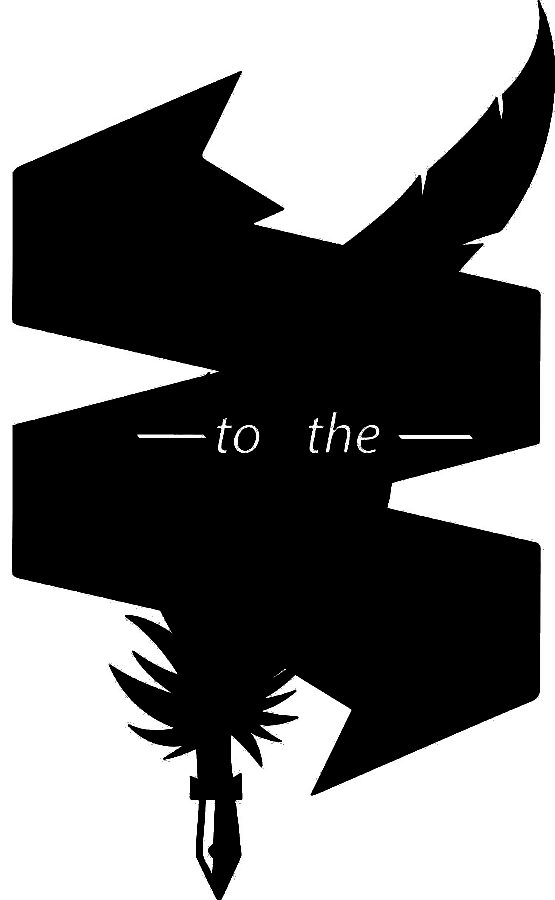After several years of study at Santa Rosa Junior College, it’s grown apparent to me that this institution is different from the average university or community college. If one were to survey students asking exactly what it is that separates our school from others, you’d probably come back with a diverse list of answers. Aside from being ranked No.1 in just about everything you can imagine, our Junior College has longer semesters than the rest of its state funded counterparts. This includes other community colleges, as well as the UC and CSU systems.
From my perspective, extending the semesters is a good way to accommodate professors teaching subjects with a great deal of material to cover. However, many students get exhausted with the college’s policy of a “better, stronger and longer” semester. This is one of the reasons many of us drop classes and never make it out of the JC’s loop.
The Petaluma campus has taken steps to catch up to the rest of academia by offering Transfer Track classes presented as a condensed alternative to the traditional length semester. If this option were more viable, students would be able to complete courses during a winter semester and increase the potential amount of units earned in a given year. Since the majority of universities SRJC students transfer to already follow a similar academic calendar, switching to a quarter style system may also provide our students with an extra level of preparation.
One could argue the longer semester length provides our students with extra weeks of academic stamina, but this conditioning is only valuable in hindsight. Much of the student body simply isn’t finding the platform needed to follow through with the educational goals they graduated high school with. This is nothing new of course. There are a variety of factors that contribute to college graduation rates. However, it’s clear to me that we’re far past the point of simply saying, “If it isn’t broken, don’t fix it,” because no matter what there’s always room for improvement. After all, in these times what appears status quo today could very well become obsolete tomorrow. If the Transfer Track schedule provides students with a map to increase academic progress in a shorter period of time; it’s obvious that we should embrace it.
– Michael Moritz


